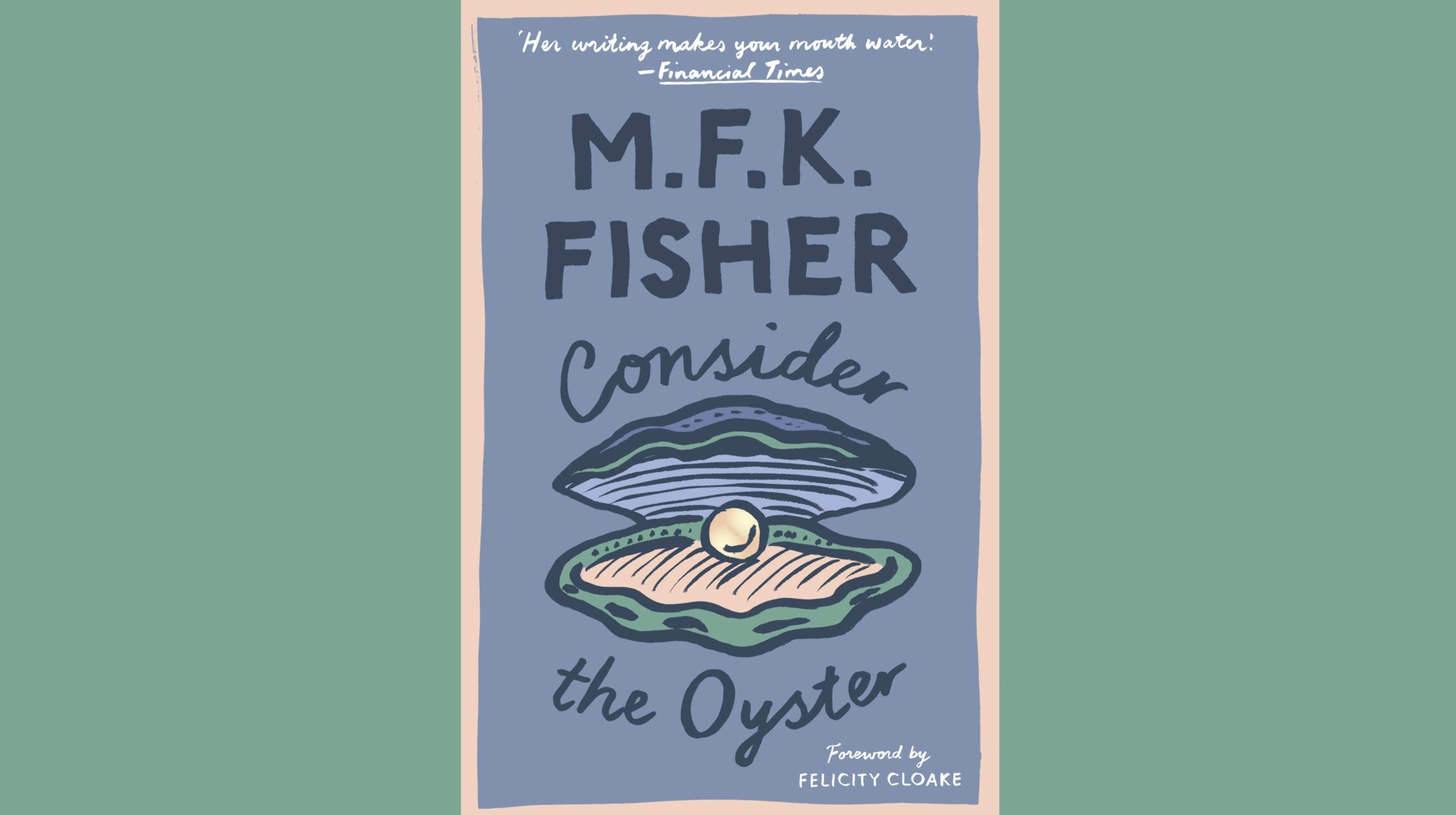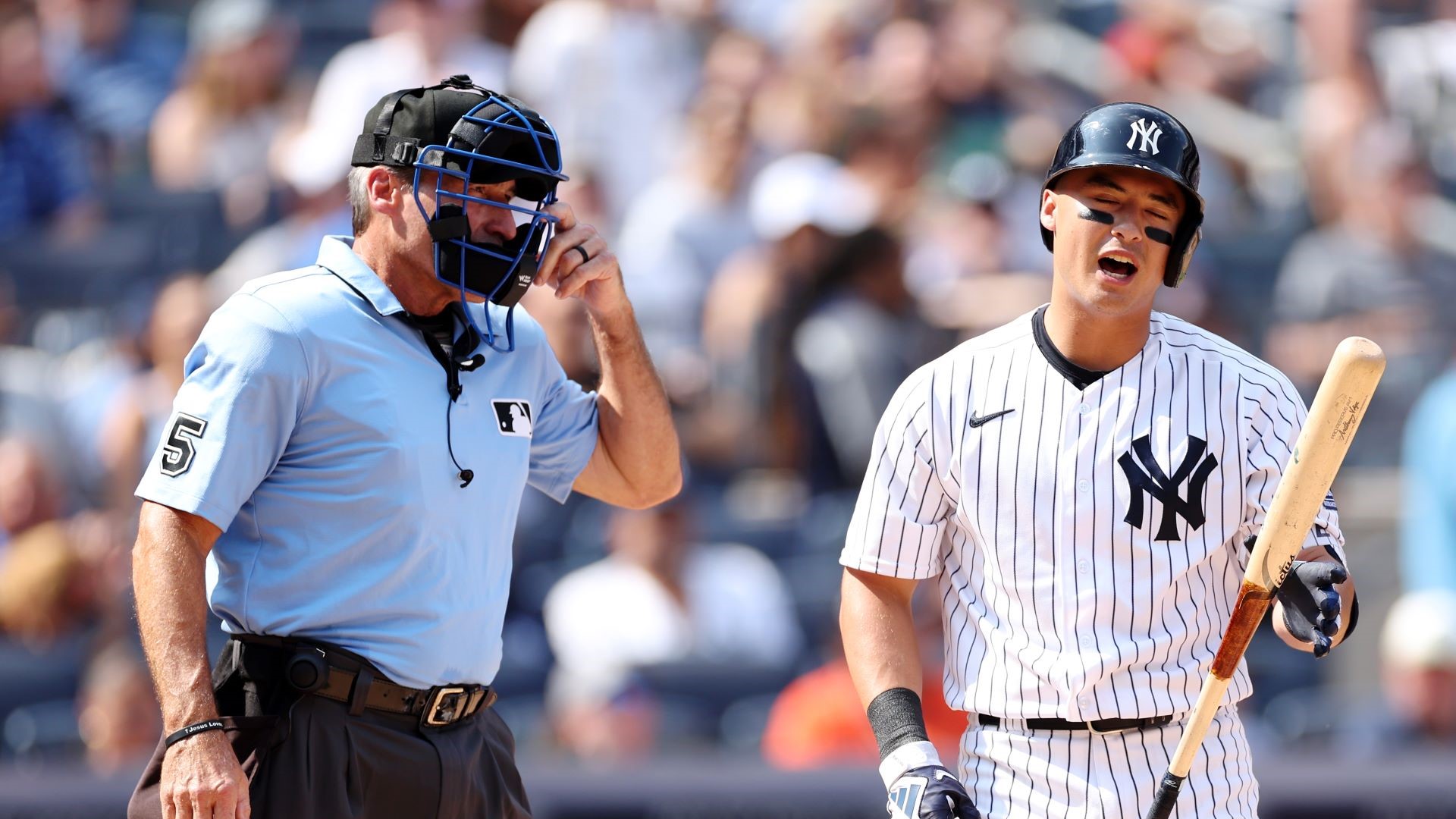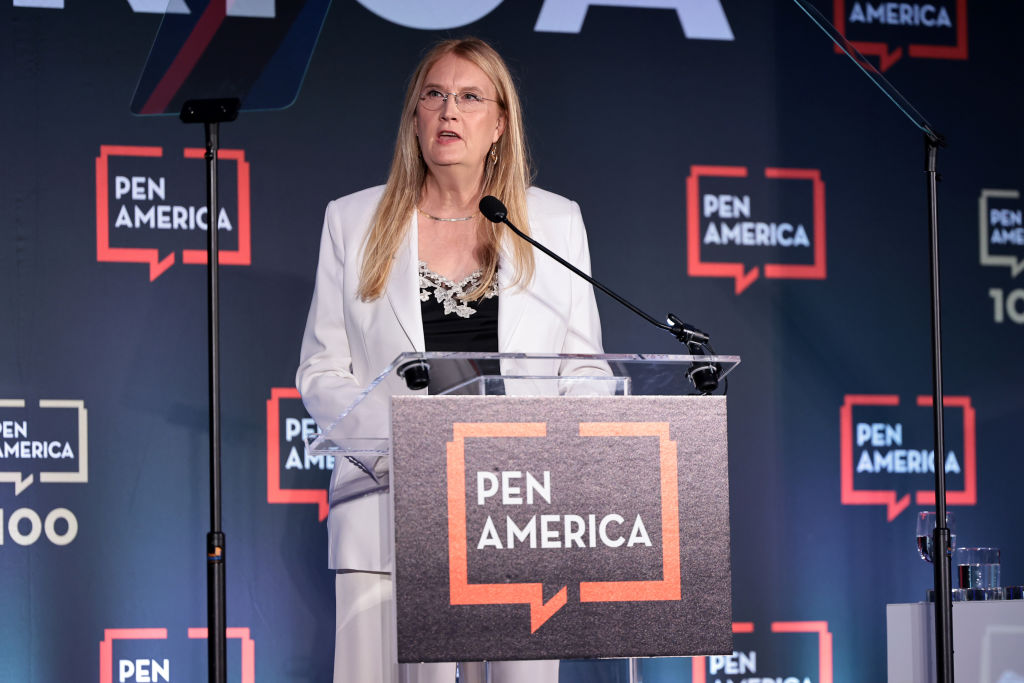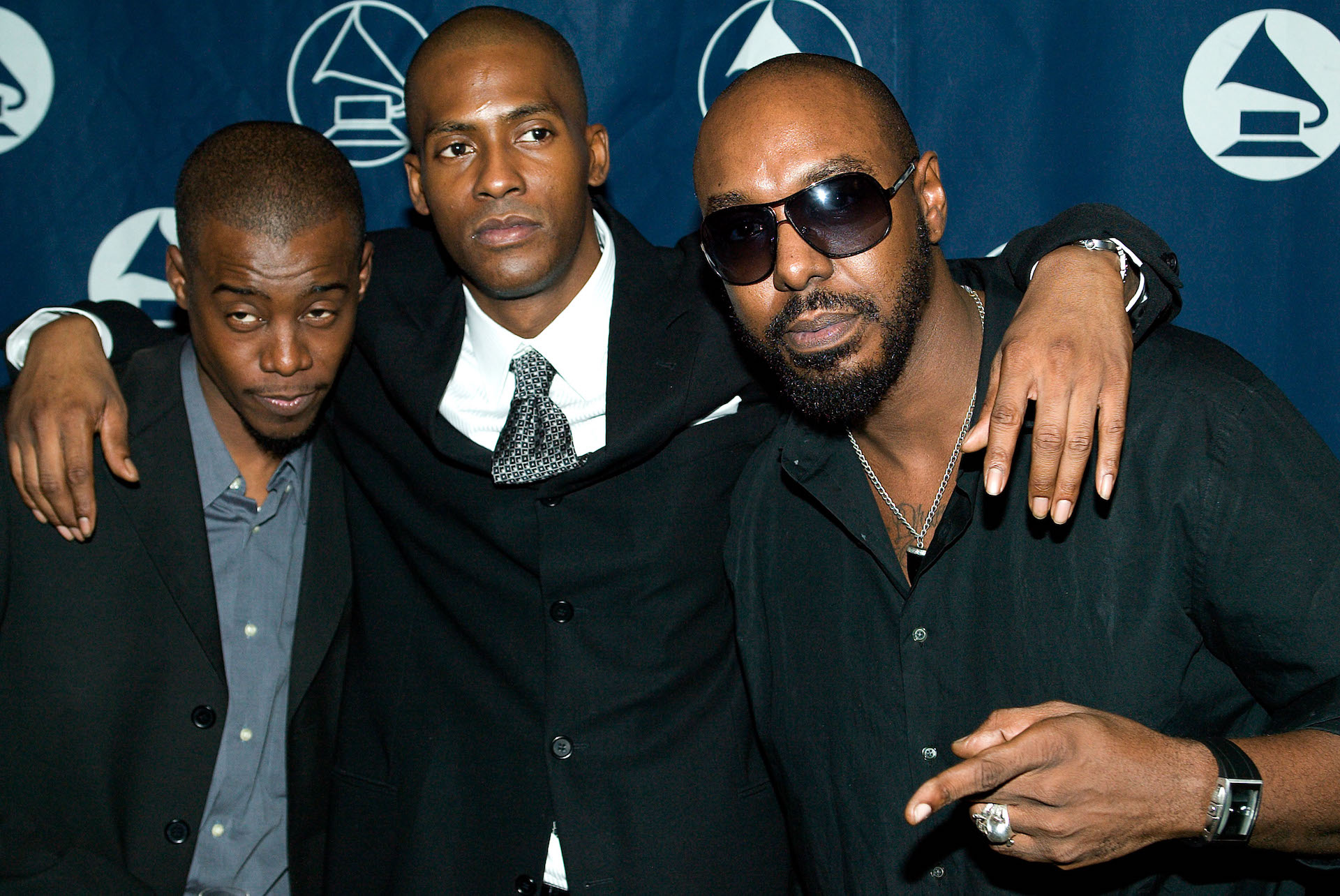We Have Considered ‘Consider The Oyster’
2:33 PM EST on December 9, 2021

Welcome back to Defector Reads A Book! Our November DRAB selection was M.F.K. Fisher's Consider the Oyster, which the Defector book sickos have read and discussed. We’ll be down in the comments to chat with you as soon as you’re done reading.
Giri Nathan: Word of advice: Do not skip breakfast, and bring only this book for a several-hour stint waiting at the DMV. This is a recipe for a very hungry and unhappy afternoon.
Kelsey McKinney: I also do not recommend reading this book on the train, where there are no oysters and very few snack options. Consider reading it at an oyster bar, perhaps.
Barry Petchesky: Agree, but also do not hold a discussion of this book with coworkers while hung over.
Maitreyi Anantharaman: Are there any circumstances in which you can read this book? Maybe mine: I don’t eat oysters or know much French geography, so everything in this book was wonderfully alien to me. M.F.K. Fisher may as well have been Ursula K. Le Guin.
KM: She outlines the three types of oyster eaters: “those loose-minded sorts who will eat anything [...] those who will eat them raw and only raw; and those who with equal severity will eat them cooked and no way other.” Maitreyi is simply none of these. But I’m interested in what type everyone identifies as. I am certainly raw and only raw.
BP: Gimme those raw boys. I think I basically only want to talk about your non-oyster-eating, Maitreyi, but in a general sense a thing I enjoyed, and I am wondering if you enjoyed it too, is that broader experience of seeing someone write passionately about a thing they care about.
MA: Absolutely! This is one of my favorite kinds of reading experiences. Often, the less familiar I am with a subject the more rewarding I find its canon. (Also I’m afraid my non-oyster-eating isn't that interesting—I’m just mostly vegetarian.)
GN: It was nice to read this book at this time because at this exact point last year I was living in western Washington and shucking some 50 oysters a week on my kitchen counter, even eating ones that we found in a cove, absolutely leaning into the bivalve lifestyle for a spell. And to answer your question Kelsey, raw! Except for Gulf oysters which need a little bit of snazzing up.
KM: Yes, that’s fair. I do appreciate a fried Gulf oyster. I just always prefer the raw lads! I was so jealous when you were living the bivalve lifestyle, Giri, so I’m grateful you’ve returned.
BP: It’s funny how much envy oysters can evoke in me. Envy of Giri’s bivalve lifestyle, envy while reading this book of people who were then at that moment somewhere having oysters when I was not, and envy that Fisher appears to enjoy oysters more strongly and completely than I will ever enjoy anything. This lady loves oysters!
MA: She does. And on the envy list, I'm adding that I did envy her whole deal of being (I presume?) pretty wealthy and with lots of free time to just go to fancy places and eat those oysters. She was living the life.
GN: Yeah, the thing that struck me most about this book is how comprehensive it seems, and how it would basically not be possible to write a book like this now, that feels like a complete survey, because the world is now so much larger and harder to wrap your head around and so readily fact-checkable. She’s this worldly connoisseur you sit next to at the bar and she’s leaning over and telling you all the local oyster customs she’s learned in her travels, and detailed reviews of all 23 oyster joints that exist, and it all feels so authoritative and complete, and you feel, damn, well, I couldn’t actually Google any of this or personally taste the oysters in Tangier, so I will take your word for it for these 76 pages. It’s this old-timey sense of authority and authenticity that I really enjoy reading. The part that keyed me into this feeling first was the extended riff on how oysters and mushrooms are both unfairly blamed for getting people sick—pretty much a tailor-made tangent for me, thanks—and she informs the reader that there are “at least two deadly” mushrooms out there, and it was so quaint. Honey, if only you knew.
BP: But on top of authoritative, it’s also playful. And that’s kind of the exact right tone for oysters, I think—they’re slippery and ugly and funny little things. You probably couldn’t strike this tone in a book about roast beef. Am I off here? Or is there something unique about oysters that lends itself to this “just two pals chatting” type of writing?
MA: Couldn’t tell you!
BP: Did you find yourself charmed by the opening section about their little lives, at least?
MA: Sort of. I go back and forth between appreciating the joy and authority—however merited—and also feeling her style to be a bit twee.
GN: I should also note the flipside of this old-timey authority: Mixed in with all this timeless food writing, Fisher will occasionally dish on, like, “innate Jewish warmth” or observe that “Chinese are a thorough race” or “Women of the East” are “built crossways” or whatnot.
BP: Look, you read a book about oysters from 1941, you’re gonna read some weird shit. Keeping with discussion of its time and context, I was a little surprised that there were multiple mentions of the ethical considerations of eating oysters: do they feel pain, etc. I guess I was expecting a literal book about eating oysters to not spend much time on that?
GN: It does feel a little ahead of its time in its concerns. I wonder if Maitreyi feels better about eating oysters since they’re about as narrowly as you can stray from vegetarianism, ethically speaking? It’s tricky because Fisher deeply anthropomorphizes the oysters in all the expository sections about mating or pearls so now I’m stuck empathizing with the little blobs as she’s eating them by the dozen.
MA: I did like that shift in perspective, too. In the section about pearls, especially. She includes a “recipe” for them in the same style of the actual recipes throughout the rest of the book. It begins with the spat: “Submerge him in quiet clean water, where the cage will protect him from starfish, and frequent inspections and scrubbings will keep his rapidly growing shell free from boring-worms and such pests.” Aw!
KM: I loved the recipes as a structural choice, too, the way they kind of set apart her points from one another. The pearl one is a great example of that: playful and silly but also full of useful information! I would like to make a pearl!
GN: It’s a testament to her descriptions and sense of atmosphere that I was salivating over some objectively cursed early 20th century recipes. If you reduce it to the components you get “put some lukewarm bivalves in the plain milk for 10 minutes and shake pepper over it,” but the written-up version is so enticing.
MA: Yeah, even if you don’t eat oysters, you can appreciate the recipes for all the butter and cream and stuff. Yum.
BP: I’ve got a question for the rest of the class. I basically don’t read any food writing (I also often get Gordon Ramsay and Anthony Bourdain mixed up). How does current-day food writing differ from what’s in this book? Can you trace a path in its evolution? Or is this style and approach just fully foreign to what you’re used to?
GN: I think the major difference is a lack of … humility? Like I was discussing before. Writers now tend to narrow their scope and ambition a little more. But in approach it really does remind me of a Bourdain show—she’s going into these random shacks and drinking with fishermen all over the world and appears to be moved by this sincere curiosity about regional tastes.
MA: Right, that was my sense too. Style-wise, I see the influence, but I think her writing is, for better or worse, a lot less self-aware. I find so much internet writing apologizing for or scrutinizing its own limitations, and she never gives the impression that she’s thought about her own.
KM: Yes, I feel like food writing currently would be more likely to have a book twice as long about one type of oyster that the author ate every day. There’s something shallower and broader about Fisher’s writing that I found really refreshing if at times also wanting. She would passingly mention something that was clearly a reference to her own life and then never really circle back to it. I feel like now there is far more emphasis on the writer as an individual? But one thing I think she does really well is describe the appearances of food. I don’t read a lot of that anymore.
MA: I noticed that also; it was mostly outward looking, which I have no problem with, but it struck me as probably the biggest difference from much of the food writing I read today. I guess the one exception was the (very sweet) section on her mother and the oyster loaf.
GN: That was my favorite recipe, not because it would be my preferred way of eating oysters—deposited in a buttery loaf and baked, that seems texturally pretty rough—but because of the scene she paints of her mom at boarding school delighting in these smuggled loaves by candlelight. Her usual style is to write in a generic mode—people in a certain place, at a certain time, eat oysters like this—but with great sensory specificity. And here’s this one instance where she is writing about a specific person she knows very well, with similarly rich detail, and the payoff is lovely.
BP: I can’t believe I’m nostalgic for a specific single oyster loaf from the 1880s.
KM: I gotta admit: I think the oyster loaf sounds gross as hell!!!!! I don’t want to eat that. The whole time I was reading that section I was like wow this is so beautifully written for something that I would happily choose to never, ever, ever consume.
BP: Oh gosh I’m getting hungry again. Why did we have to do this around lunchtime? What’s everyone’s favorite type of oyster? I’m a Blue Point fella. Maitreyi, you can just guess.
MA: Uh ... Chincoteague? Is that one? She kept talking about them.
BP: I have no particular feelings one way or the other toward those but I feel like that was a good example of something that happens a bunch in this book where an evocative local name can garner all sorts of warm associations I didn’t even know they had.
KM: I like a small oyster, a little very briny guy. Like a Kumamoto. But I do really like Chincoteagues lol. There are a lot of Olde Salts, which I think are a kind of Chincoteague at bars in my neighborhood. What is a Blue Point like Barry?
BP: Smallish but not super small, but decently briny. Gotta have the brine. I want to taste the damn ocean in every oystie.
GN: I think I still overall like the brininess of the Northeast but started to see the case for the sweet, melon-y PNW oysters during my stint.
BP: Do we think Fisher would approve of oyster culture today? I feel like maybe their workingman’s-food vibe has been lost a little.
MA: What is oyster culture today, exactly? If it’s just elite delicacy, I’m not sure that she’d mind. I chuckled at a line where she defined ortolan for her reader “in case you are among the underprivileged.”
BP: I suspect this whole book concept would not have worked quite as well for Consider The Ortolan.
DRAB will be in the comments for the next couple of days to hear your thoughts and chat with you. If you missed out on this month’s book, don’t worry! December is a new month and we’ll announce our next pick soon.
If you liked this blog, please share it! Your referrals help Defector reach new readers, and those new readers always get a few free blogs before encountering our paywall.
Staff Writer
Staff Writer
Deputy Editor
Staff Writer
Read More:
Stay in touch
Sign up for our free newsletter




